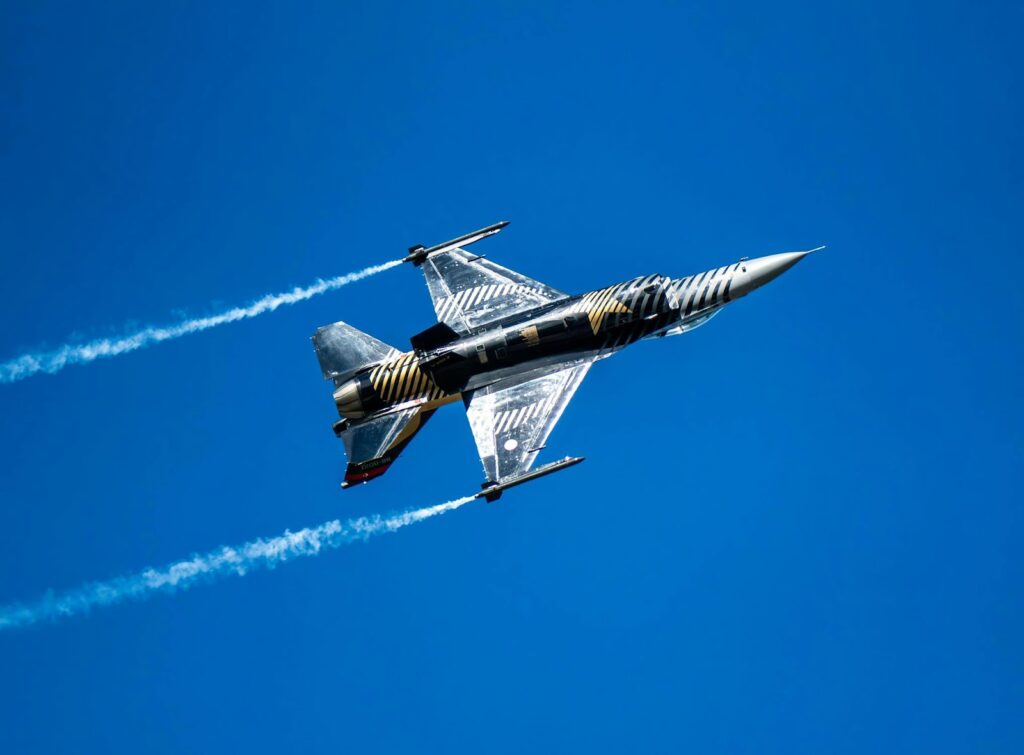Precision is not just a desirable trait in aerospace welding—it’s an absolute necessity. From spacecraft and satellites to commercial airplanes and military jets, the integrity of each weld directly affects the performance, safety, and longevity of aerospace components. Given the extreme environments and rigorous quality standards involved in aerospace engineering, even the slightest deviation can lead to mission failure or catastrophic consequences. Aerospace welding is one of the most specialized and tightly controlled areas of welding, requiring skilled craftsmanship, cutting-edge technology, and robust protocols. This article explores six key approaches that ensure precision in aerospace welding projects, helping manufacturers meet stringent industry demands and achieve superior results.
Implementing Strict Quality Control Standards
Precision begins with quality control, and in aerospace welding, these standards are exceptionally rigorous. Quality control protocols are established before the welding process even begins, often guided by industry certifications such as AWS D17.1 or AS9100. These standards dictate the procedures for everything from material selection and preparation to post-weld inspection and testing. Welding engineers and inspectors work together to ensure that every step of the process meets or exceeds specifications. Non-destructive testing (NDT) methods like ultrasonic, radiographic, and dye penetrant inspections are frequently employed to detect internal and surface defects. This tight control loop ensures that inconsistencies are caught early, minimizing the risk of costly rework or dangerous failures in the field.
Utilizing Advanced Welding Techniques
Aerospace components often require complex welds on delicate or heat-sensitive materials, making traditional welding methods insufficient. High-precision techniques such as Tungsten Inert Gas (TIG) welding, Electron Beam Welding (EBW), and Laser Beam Welding (LBW) are preferred. These methods allow for finer control over weld penetration, heat input, and filler material application. TIG welding provides clean, high-quality welds ideal for thin materials, while EBW is excellent for deep, narrow welds with minimal thermal distortion. Using these advanced techniques, welders can achieve exceptional accuracy, which is critical when working with tight tolerances and critical aerospace components.
Investing in a Skilled Workforce and Certification
No matter how advanced the tools, the human factor remains pivotal. Precision in aerospace welding heavily depends on the expertise and training of the welder. Certified aerospace welders undergo extensive education and hands-on training to master the techniques required by industry standards. They must pass rigorous exams and maintain certifications through continuous learning and periodic retesting. Companies that invest in developing a skilled workforce ensure their welders not only understand the science behind the work but can also apply it practically and consistently. Collaboration between engineers, welders, and inspectors fosters a quality-first mindset across all levels of production.
Incorporating Robotics and Automation
Automation is revolutionizing precision welding in aerospace manufacturing. Robotic welding systems offer unmatched consistency, speed, and repeatability, reducing the likelihood of human error. These systems are especially useful for repetitive or high-volume welds that require uniformity across thousands of parts. With the aid of programmable logic controllers (PLCs) and computer-aided manufacturing (CAM) software, robotic arms can execute complex weld paths with micron-level accuracy. They also enhance safety by minimizing human exposure to high-heat environments and harmful fumes. While automation doesn’t eliminate the need for skilled welders, it significantly boosts productivity and ensures a higher standard of precision across large-scale projects.
Hiring Professionals for Aerospace Welding Projects
Aerospace welding demands exceptional accuracy, adherence to strict standards, and the ability to work with specialized materials under challenging conditions. Hiring professionals for these projects ensures the integrity and safety of every component, from engine parts to structural supports. Skilled welders by EB Industries, for example, understand the complexities of thermal distortion, metallurgical compatibility, and joint design, which are critical in aerospace applications. It also follows industry certifications and protocols, minimizing the risk of failure. Professional involvement not only guarantees high-quality results but also streamlines project timelines and reduces costly rework, making expert welders an essential part of any successful aerospace manufacturing process.
Emphasizing Continuous Monitoring and Data Analysis
Precision welding is no longer just about technique—it’s about data acquisition and analysis. Real-time monitoring systems are increasingly used in aerospace welding to track variables such as arc voltage, current, travel speed, and gas flow. These sensors and data-logging tools provide valuable insights into the welding process, allowing for immediate adjustments and long-term process optimization. By analyzing trends and anomalies in weld data, engineers can identify potential issues before they become defects. Predictive maintenance of equipment and process improvements based on data analytics contribute to a culture of continuous improvement, elevating the standard of precision across the board.
Achieving precision in aerospace welding is a multifaceted endeavor that demands a combination of technology, skill, and discipline. From rigorous quality control and advanced welding techniques to automation and environmental management, each approach plays a critical role in maintaining the highest standards. As aerospace technology continues to evolve, so too must the welding practices that support it. By embracing these six key strategies, manufacturers can not only meet today’s demanding requirements but also prepare for the challenges of tomorrow’s aerospace innovations.







